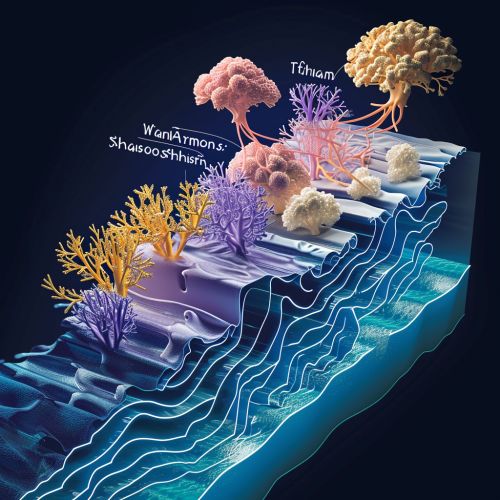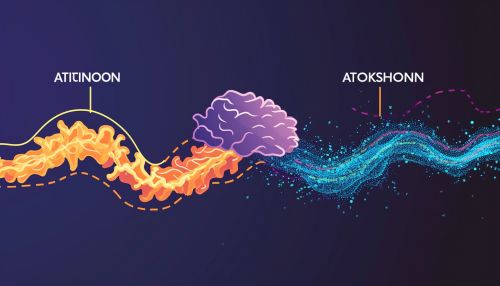Atkinson-Shiffrin memory model
Introduction
The Atkinson-Shiffrin memory model, also known as the multi-store model of memory, is a psychological model proposed by Richard Atkinson and Richard Shiffrin in 1968. This model suggests that human memory involves a sequence of three stages: sensory memory, short-term memory, and long-term memory. Each stage is characterized by its function, capacity, and duration.


Sensory Memory
Sensory memory is the earliest stage of memory. It is the ability to retain impressions of sensory information after the original stimuli have ended. It acts as a kind of buffer for stimuli received through the five senses of sight, hearing, smell, taste, and touch, which are retained accurately, but for a very brief period.
Visual Sensory Memory
Visual sensory memory, also known as iconic memory, involves a very brief image which is available to the sensory system, in the visual domain. The duration of iconic memory is estimated to be around 100 milliseconds (ms).
Auditory Sensory Memory
Auditory sensory memory, also known as echoic memory, holds auditory information. It is longer than iconic memory because the echoic effect can last up to three to four seconds.
Short-Term Memory
Short-term memory (STM) is the second stage in the Atkinson-Shiffrin memory model. It is a temporary storage system that processes incoming sensory memory. Sometimes it is called working memory, if the information is manipulated.
Capacity and Duration
The capacity of short-term memory is limited. According to George Miller's research, the capacity of short-term memory is about seven items, plus or minus two. However, this can be increased through a process called chunking.
The duration of short-term memory is about 20 to 30 seconds. However, items can be rehearsed or repeated to keep them in short-term memory longer.
Long-Term Memory
Long-term memory (LTM) is the final stage of the multi-store memory model proposed by Atkinson and Shiffrin. It is where information is stored indefinitely.
Types of Long-Term Memory
There are different types of long-term memory. These include declarative memory, which is memory for facts and events, and procedural memory, which is memory for skills and habits. Declarative memory can be further divided into episodic memory, which is memory for specific events, and semantic memory, which is memory for facts and knowledge.
Criticisms and Modifications
While the Atkinson-Shiffrin memory model has been influential in the field of cognitive psychology, it has also been subject to criticism. Some researchers argue that the model is too simplistic and does not account for other types of memory, such as implicit memory or emotional memory.
In response to these criticisms, modifications to the model have been proposed. One such modification is the Baddeley and Hitch model of working memory, which suggests that short-term memory is not a single store but is instead composed of multiple components.
